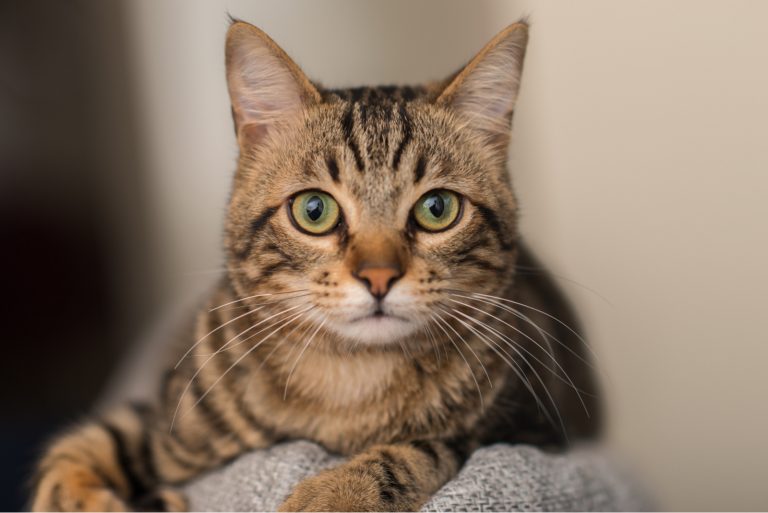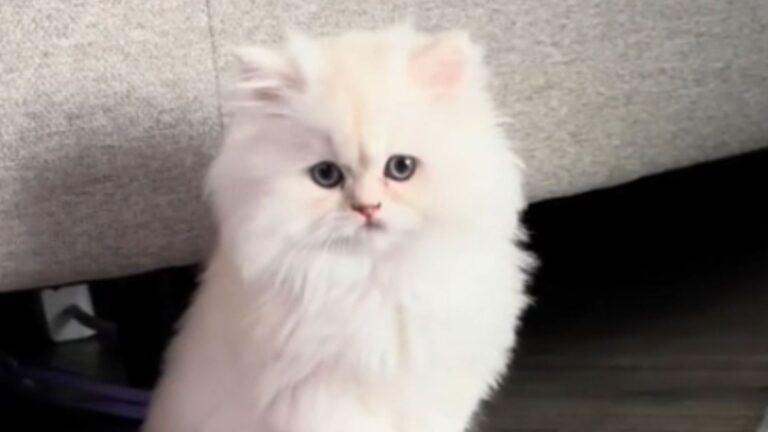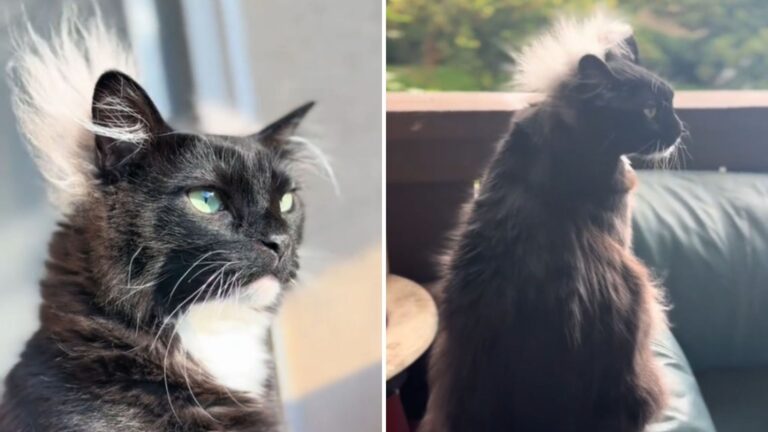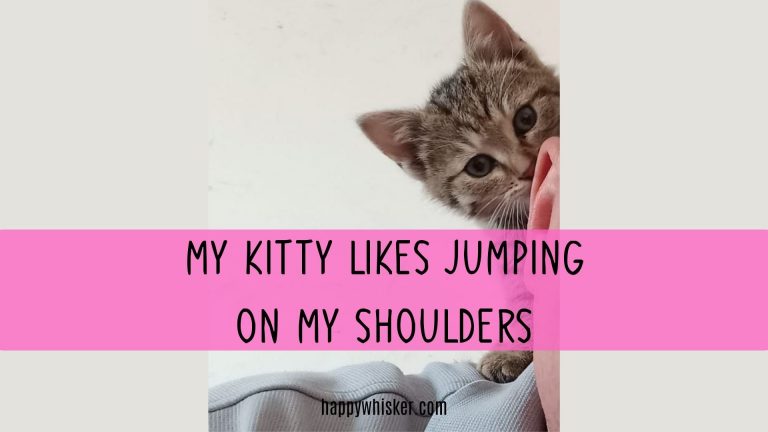When To Euthanize A Cat With IBD? Everything You Need To Know
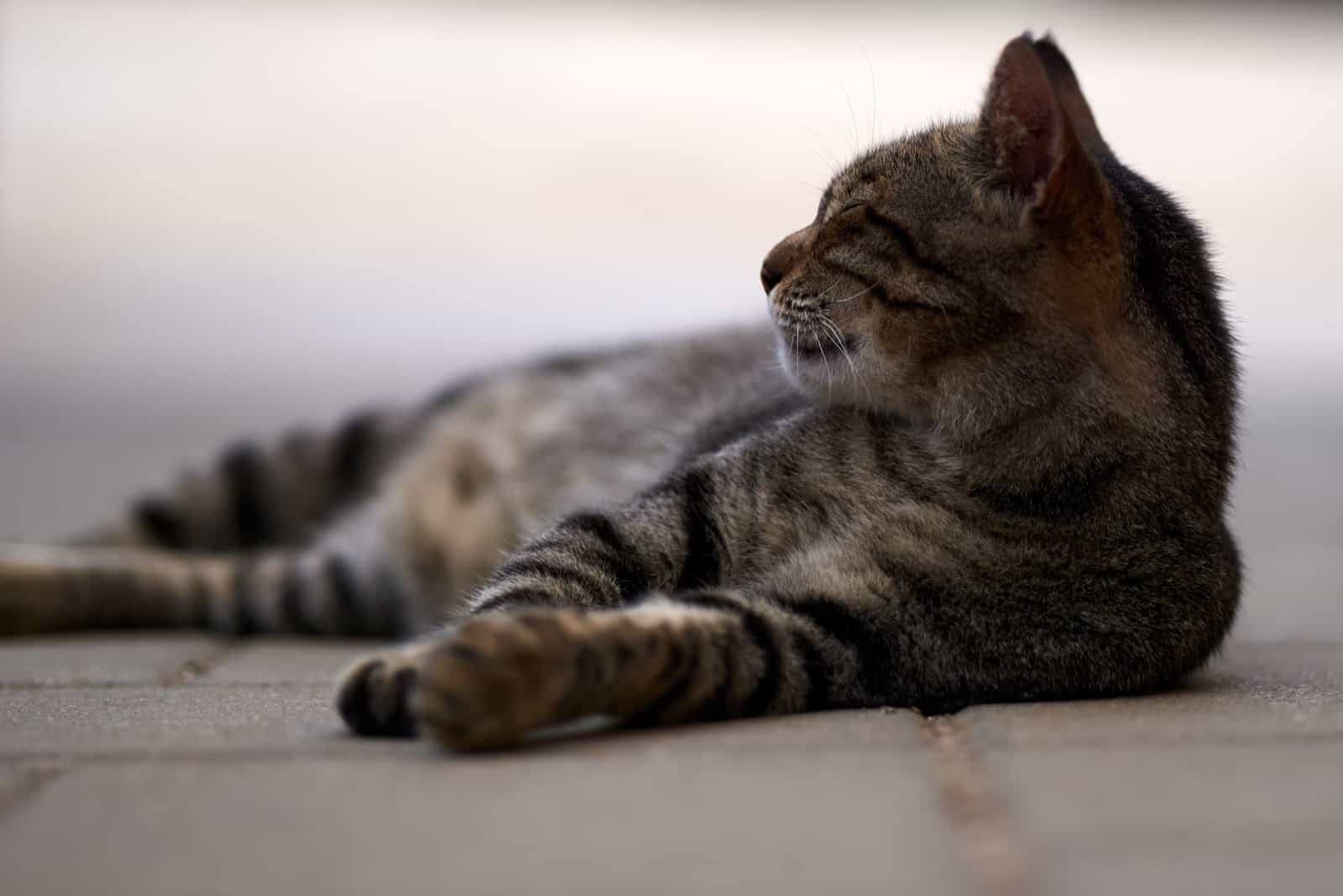
Feline inflammatory bowel disease (IBD) is a chronic inflammation of the gastrointestinal tract (GI tract), characterized by very unpleasant and serious symptoms. Unfortunately, a number of middle aged and senior cats suffer from this condition.
This disease has no known cure so the treatment is symptomatic. The most common way to manage the symptoms is by introducing dietary changes and providing the cat with the proper medication. Unfortunately, some cats don’t respond well to treatment and some do not respond at all.
If a cat is not getting any relief from the available treatment options, then many owners start wondering about When to euthanize a cat with IBD.
Euthanasia provides a peaceful and painless end of life and puts an end to a cats suffering when it is battling serious, terminal, and painful health conditions. Although it’s hard, some pet owners must face the difficult decision of whether to euthanize their beloved pet , and when is the right time to do so.
Continue reading to learn when feline euthanization is recommended, and the things you must consider before proceeding to put your cat to sleep.
When To Euthanize A Cat With IBD? Making A Tough Decision
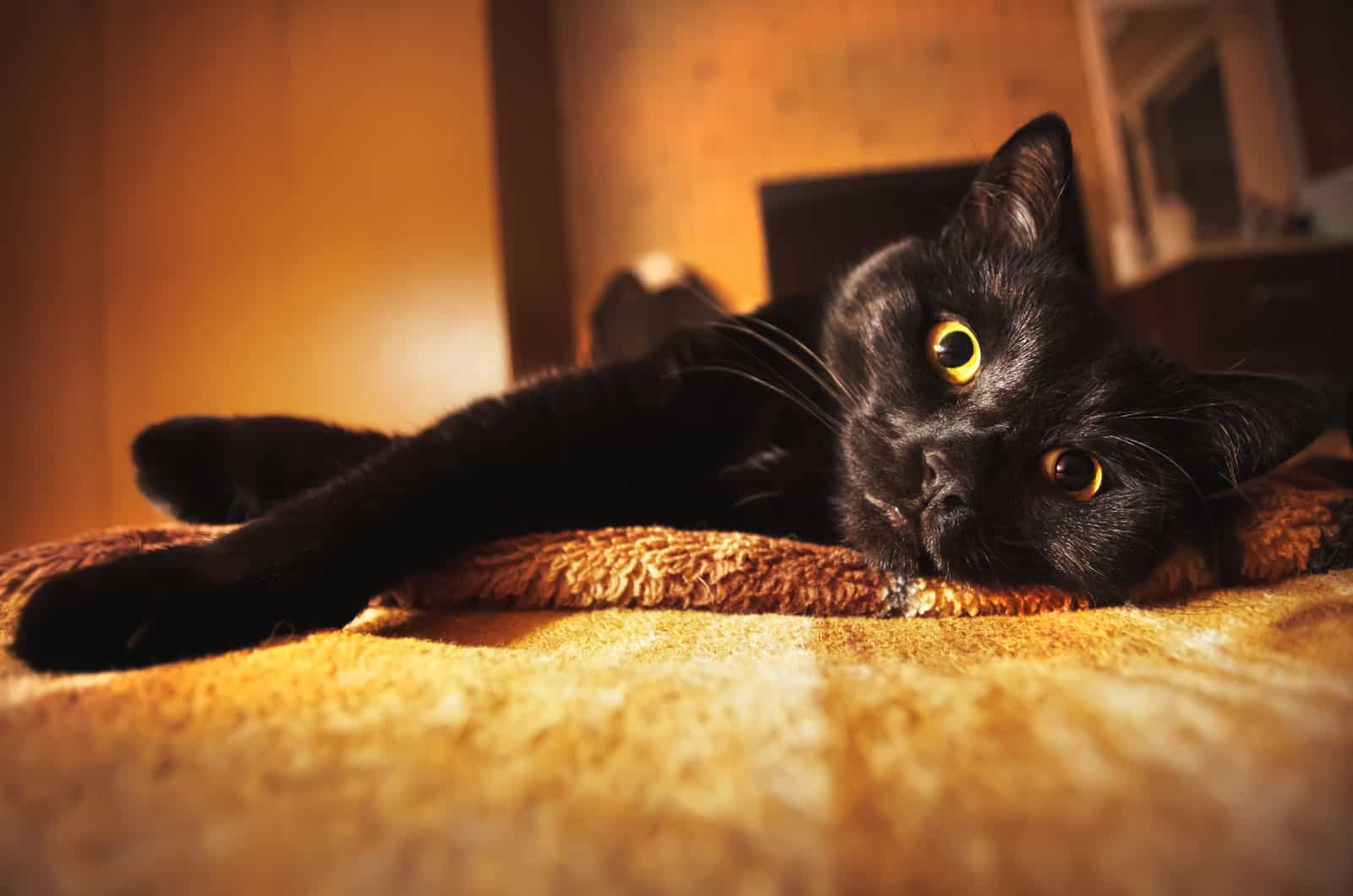
Owners of cats suffering from incurable diseases and serious infections sometimes must face the decision whether to euthanize their pet or not.
When it comes to cats with inflammatory bowel disease, many cats respond to treatment, but some do not.
The quality of life is often good for cats with IBD. Medication, specific diets, and occasionally even surgery are all valid options for their care. Nevertheless, despite all efforts, some cats may not respond to medication and continue to experience severe and persistent symptoms.
If your cat is suffering from IBD and has a very poor quality of life, you may think about putting them to sleep. It’s possible that your cat is in chronic discomfort or agony.
The decision about euthanizing a pet cannot be made lightly; there are many things the cat owner must consider, as we will discuss below.
Do This Before Deciding On Euthanization
Given how difficult a decision cat euthanasia is, you must consider a lot of factors before deciding whether to have your cat put to sleep. Before deciding to euthanize your cat, consider the following:
1. Learn About Feline Euthanasia
It’s common for pet owners to be reluctant about going forward with putting their beloved pet to sleep. After all, it is a big decision to make and it’s certainly not an easy one.
Learning more about feline euthanasia, how it is performed, why it is performed and what its benefits are can help many cat owners feel more at ease with making the decision about whether or not to put their pet to sleep.
2. Learn About About Your Cat’s Disease
Knowing the most important things about your cat’s disease, how it develops, what its symptoms are, and what the treatment options might be, is essential. Knowing your facts will help you look at the situation more objectively and this will help with decision making.
It will also help you understand what your cat is going through and how much pain they may be in. Being an informed owner is really important, especially if your kitty is fighting a serious disease.
3. Inform Yourself About All Available Treatment Options
Of course, euthanization is the last option and it should be considered only after all other treatment options have been investigated. Not all treatment options are viable, especially considering the cost of some more advanced therapies.
All treatment options should be considered before discussing feline euthanasia.
Your veterinarian will be the best one to tell you about your options, but it’s always a good idea to do your own research too.
4. Closely (And Realistically) Look At Your Cat’s Symptoms
Every cat owner who has a cat with IBD (or any other serious health issue) needs to monitor their cat’s behavior and physical appearance. Most importantly, symptoms need to be looked at realistically.
If your cat is dealing with a serious, life-threatening disease, it’s possible for the cat owner to be so overwhelmed with love for their pet, that they are in denial about the severity of the cat’s condition. They might see their cat’s symptoms as less serious than they are, in the hope that their pet is not that sick or will recover well.
This does more harm than good. For the well-being of the cat, their symptoms need to be looked at realistically. This is hard but it can help you make the right decision on euthanizing your pet.
5. Talk With Your Doctor Of Veterinary Medicine
Your doctor of veterinary medicine (DVM) has had years of training and has most likely encountered many pets whose end of life is approaching. If they tell you that feline euthanasia is the right choice, then it probably is.
Vets have seen a lot of sick kitties and they know how to recognize when there is nothing else that can be done to help a cat.
On the other hand, they also know when feline euthanasia should not be recommended and when a cat still has an option of having a relatively good quality of life. If that’s the case, they will let you know what they can do to help!
6. Give Yourself Time To Decide
At the end of the day, the decision on whether a cat will be put to sleep or not depends on you – the cat owner. The vet cannot decide for you, so the decision is yours.
This decision should not be made quickly; take your time to really think it through and be at peace with whatever you choose.
Thinking about euthanizing your cat with a balanced view and a cool head will help you make the best decision possible.
Signs It’s Time To Euthanize A Cat With IBD
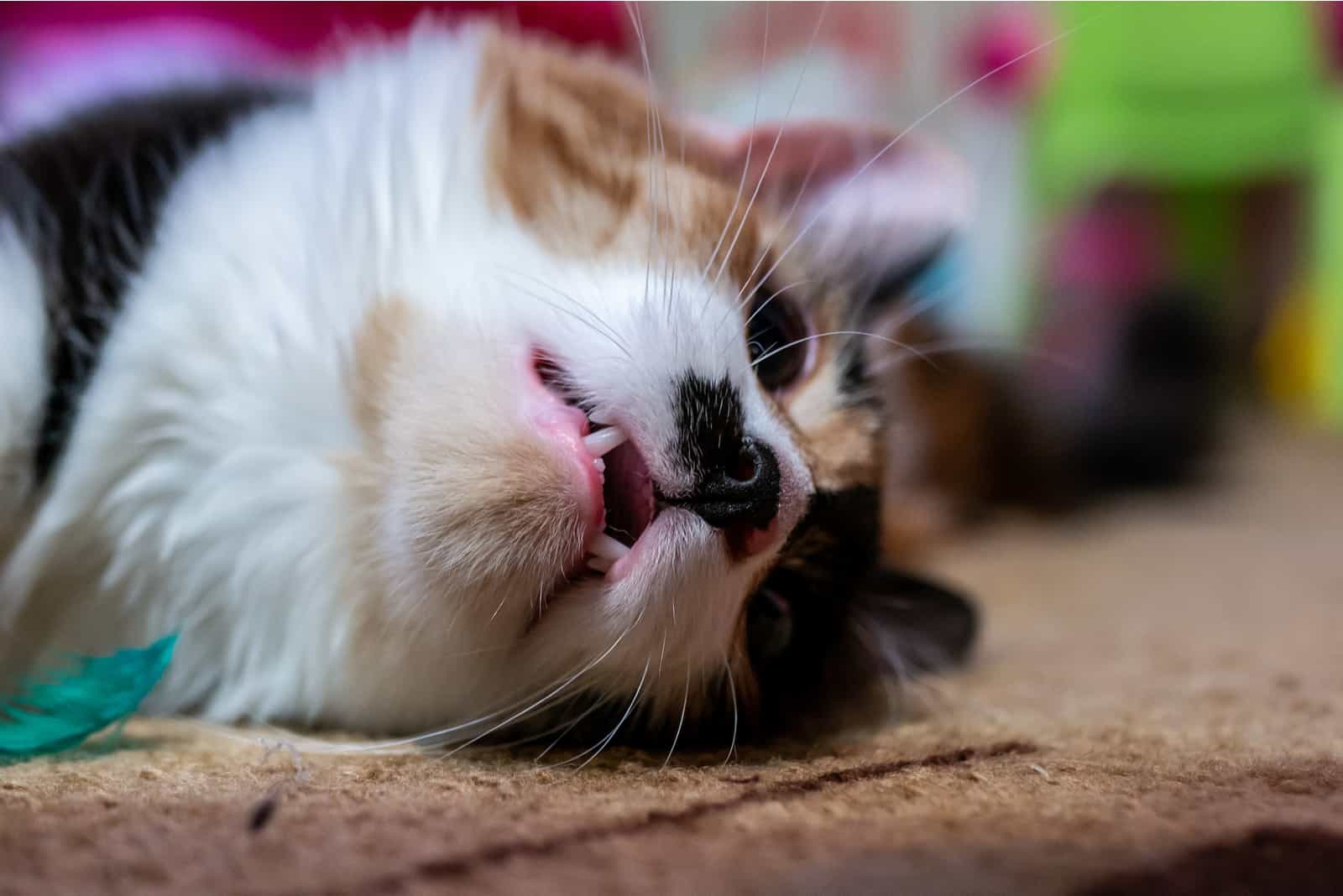
There is a wide range of symptoms that a cat with IBD might experience. Some are mild, others are severe. Here are some indications that feline uthanasia might be a good choice for your cat with IBD.
Signs it’s time to euthanize a cat with IBD are:
• If the consequences of the disease for the cat’s health are extreme and life-changing
• If the cat’s symptoms are getting progressively worse
• If the cat has stopped responding to treatment
• If all treatment options are exhausted
• If the cat cannot do their normal daily activities anymore
• If you know that the cat is suffering greatly
• If the cat has been fighting chronic IBD for a really long time
• If it’s known that the cat’s quality of life is really bad and will get worse over time
• If the cat’s IBD develops into cancer (intestinal lymphoma)
• If the cat is in a lot of pain (abdominal pain to be specific)
• If the cat’s chronic vomiting cannot be stopped
• If the cat’s chronic diarrhea cannot be stopped
• If the disease causes severe malnutrition
• If the disease causes significant weight loss
• If the cat is weak and sleeping all the time
• If the cat is seeking solitude and avoiding physical contact
• If the cat is no longer able to control their defecation and urination
• If the cat is not using the litter box anymore
• If the cost of treatment is unsustainable for the owner
• If the vet recommends feline euthanasia
Signs It’s Not Time To Euthanize A Cat With IBD?
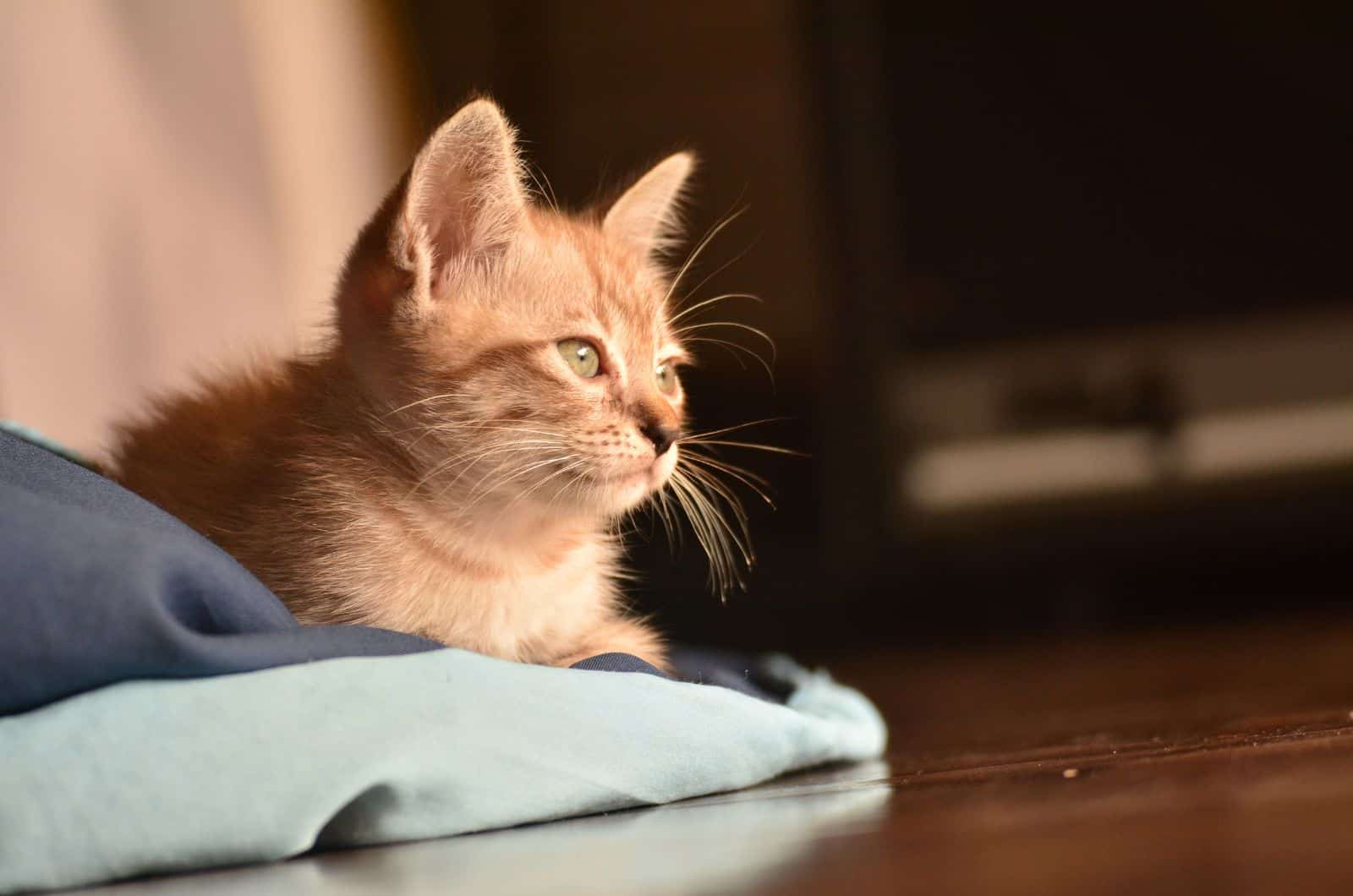
Even if the option of euthanizing your pet arises, it doesn’t necessarily mean it’s the right choice. Cats with IBD can still lead a relatively good life, even with their diagnosis. It’s important to recognize when it’s really not the right time to put a cat to sleep.
Signs it’s not time to euthanize a cat with IBD include:
• If the vet advises against euthanizing the cat at this stage of the disease
• If the cat is in the early stages of the disease where symptoms are tolerable
• If the cat’s symptoms are controlled by treatment
• If the symptoms are not severe or causing a lot of pain
• If the cat is acting like themselves, with no changes in personality
• If the cat is still playful and has energy
• If the cat is still eating and drinking normally
• If the cat experiences more good days than bad days
• If the vet determines that the cat can still have a relatively good quality of life
Everything You Need To Know About Feline Euthanasia
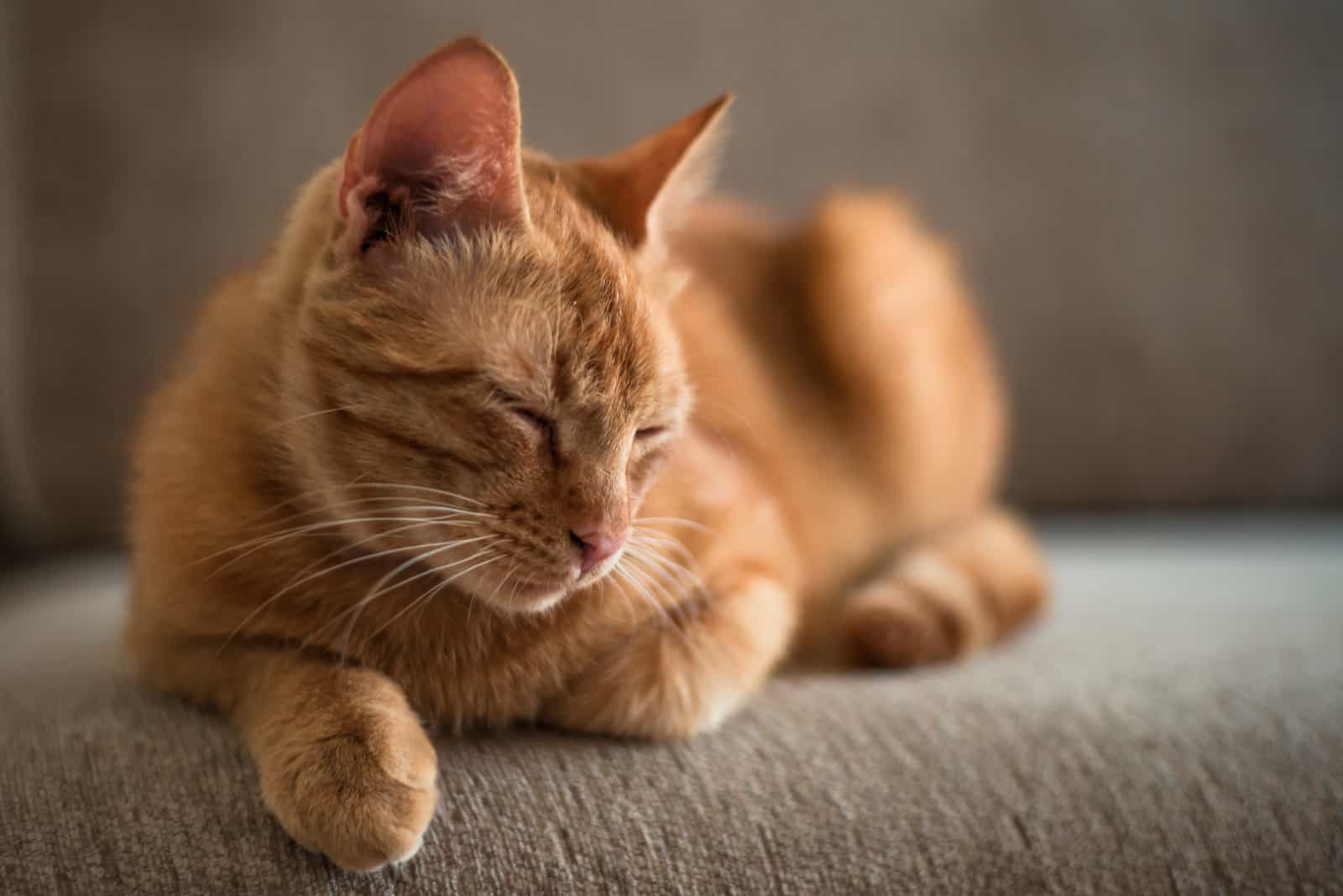
Let’s look at the most important aspects of feline euthanasia, as this can help you understand it better and might help you in reaching your decision regarding euthanizing your pet.
What Is Feline Euthanasia?
The act of euthanizing a cat involves giving them a lethal medication with the goal of ensuring their death is merciful and most importantly, completely painless.
When Is Feline Euthanasia Recommended?
Euthanasia is recommended when a cat’s quality of life has been considerably reduced by a painful, terminal illness.
It is only recommended to put a pet to sleep if there is no other choice (for example, if all other treatments have failed and nothing can help a cat’s condition to improve or stabilize; or if the cost of the treatment becomes unmanageable).
What’s The Goal Of Feline Euthanasia?
Giving a cat a compassionate death is the right thing to do; euthanasia is frequently referred to as a “good death”.
If an animal’s life must be ended, it is our duty to see that it is done so compassionately and without pain. Euthanasia guarantees that. Every cat owner wants their pet to go painlessly, and we are lucky that modern veterinary techniques make this possible.
How Is Cat Euthanasia Carried Out?
Euthanasia is carried out by a veterinarian. First, they make sure the cat is comfortably lying on the table. Then, a sedative injection is given in order to help the cat relax. Then, the lethal injection is administered, which puts the cat to sleep and shuts down their heart and brain.
Typically, an IV is inserted into one of the cat’s legs. This process does not take long, and the cat will pass away peacefully.
It is advised to make plans with your vet for what will happen to the animal’s body after euthanasia a few days before your cat’s passing.
Everything You Need To Know About Your Cat’s Disease
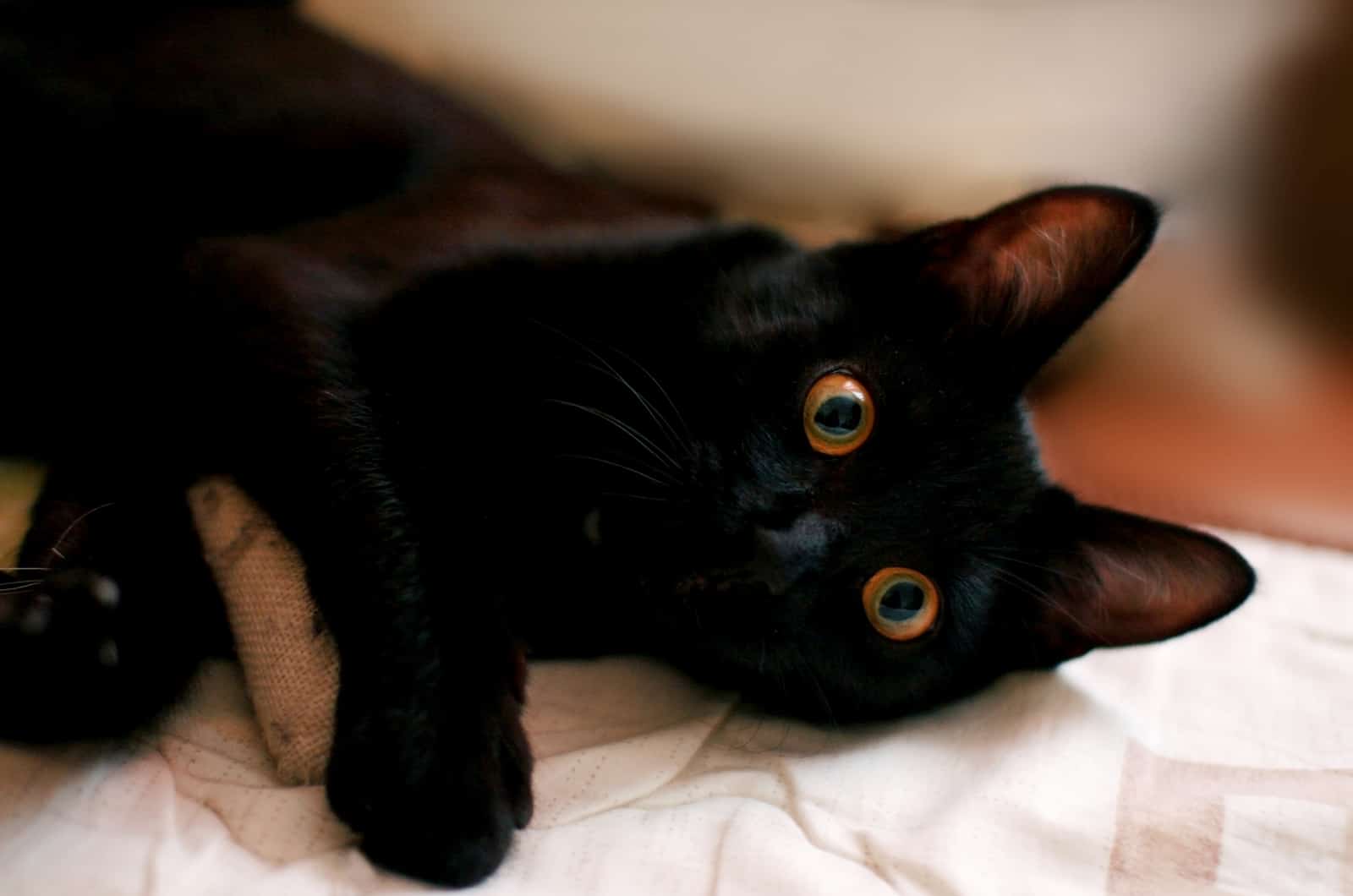
Being informed about your cat’s disease is important as it will help you make reasonable decisions about the course of your cat’s treatment, as well as knowing when to stop treatment.
What Exactly Is IBD?
Inflammatory bowel disease (IBD) in cats is characterized by a chronic inflammation of the gastrointestinal tract (GI tract).
This chronic inflammation may affect the:
• stomach
• small intestine
• large intestine
Chronic inflammation means long-term inflammation that lasts for months or years at a time. What happens is that the immune system sends white blood cells (inflammatory cells) to fight an injury or infection even though none exists.
When it comes to feline IBD, the walls of the cat’s GI tract are thickened due to the presence of inflammatory cells that shouldn’t be there in such high numbers. When the intestinal wall is thickened, it is prevented from adequately digesting and absorbing food.
The severity and outcomes of chronic inflammation typically depend on what’s causing the inflammation, as well as the body’s capacity to heal and reverse the harm.
What Types Of IBD Exist?
Inflammatory bowel disease has several different forms, depending on the location of the chronic inflammation and the type of immune cells involved.
Gastritis – chronic inflammation of the stomach.
Enteritis – chronic inflammation of the small intestine.
Colitis – chronic inflammation of the large intestine (colon).
There are several types of immune cells that invade different locations; the most commonly observed cells are lymphocytes, plasma cells, neutrophils, eosinophils, and macrophages.
The description of the condition will depend on the type of inflammatory cells that invade a specific location. For example, ‘lymphocytic-plasmacytic colitis’ means chronic inflammation of the colon with lymphocytes and plasma cells.
What Are The Symptoms Of IBD in Cats?
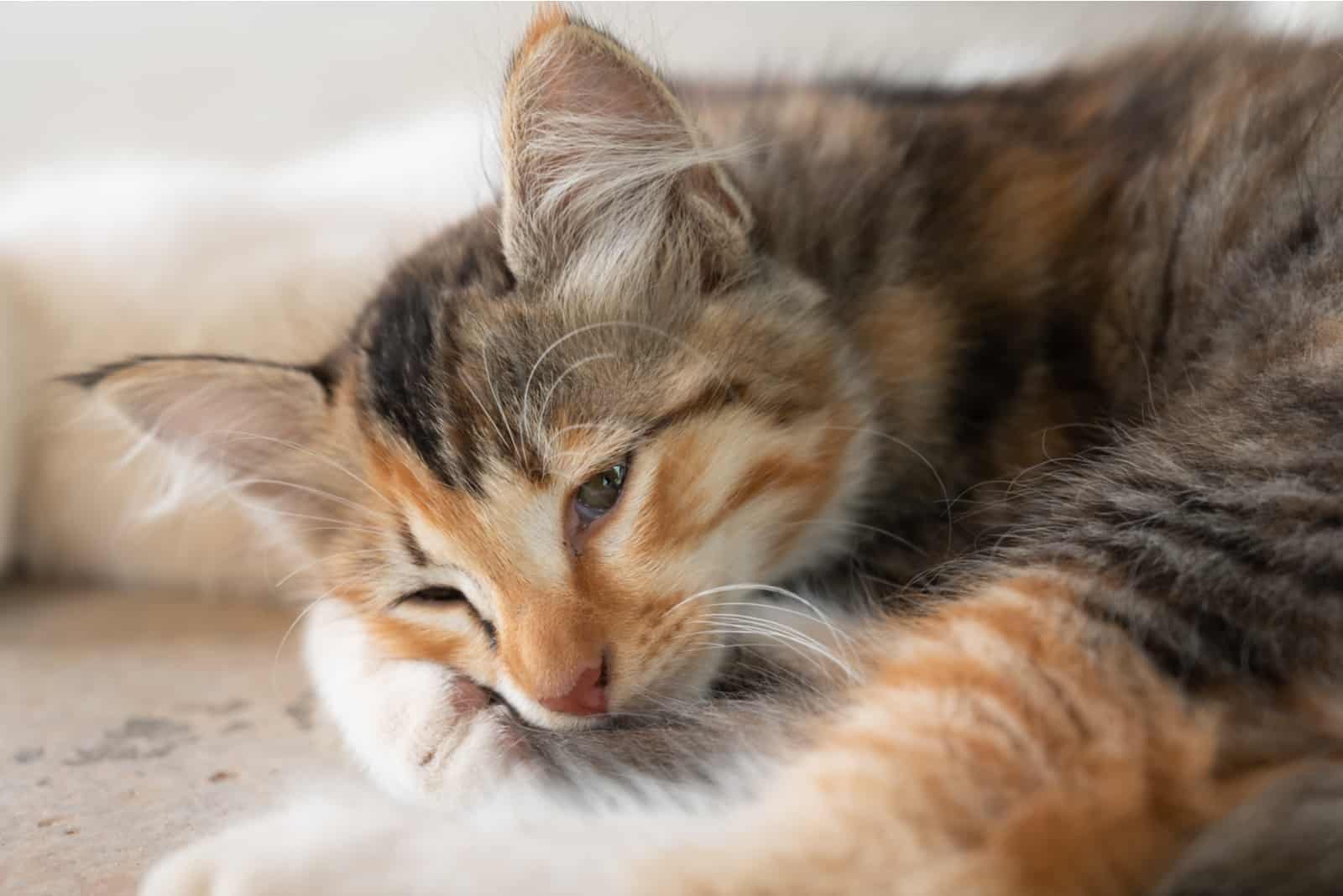
Symptoms of IBD include the following:
• Chronic vomiting (especially characteristic for inflammation of the small intestine)
• Loss of appetite
• Anorexia
• Weight loss
• Chronic diarrhea (especially characteristic for inflammation of the large intestine)
• Blood in stool
• Abdominal pain
• Lethargy
• Vomiting hairballs
The major symptoms depend on which portions of the GI tract are affected, and they may vary in severity and frequency.
How Is Feline IBD Diagnosed?
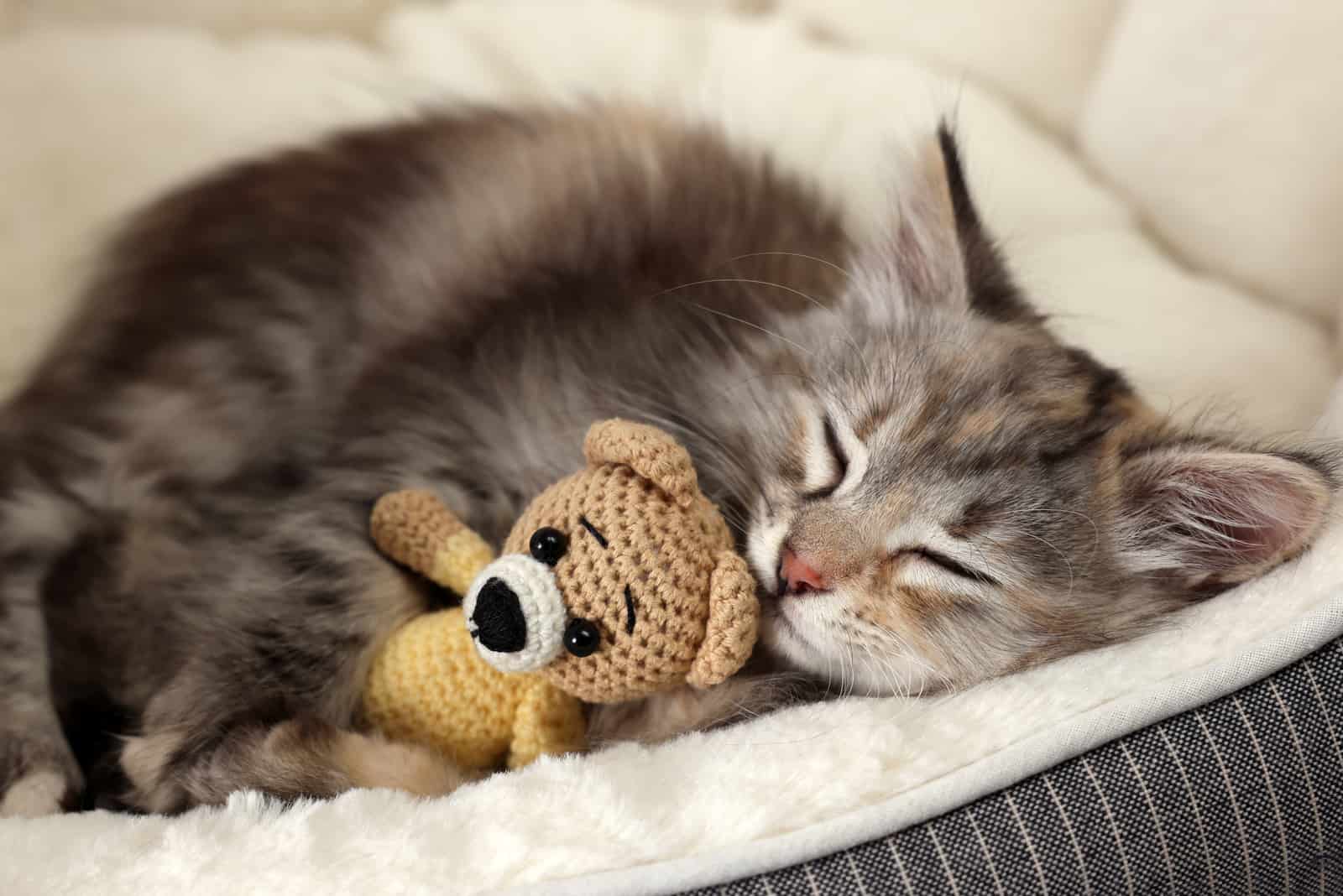
Establishing a diagnosis of feline inflammatory bowel disease is not a one-test procedure. A vet will probably order a number of different tests, because many of the symptoms of IBD in cats are similar to the symptoms of other diseases (especially intestinal lymphoma).
You can expect the following diagnostic approaches to be used:
• Blood work
• Microscopic evaluation of cat’s feces
• X-ray
• Ultrasound
• Testing for food allergies
• Biopsy
These tests should rule out other diseases that display the same or similar symptoms, such as metabolic disorders, feline leukemia, food allergies, different infections, intestinal parasites, hyperthyroidism, and some forms of intestinal cancer.
A biopsy of the stomach or intestines and microscopic examination of the tissue are necessary for a conclusive diagnosis of feline IBD.
What Causes IBD In Cats?
There is no single cause of IBD; multiple factors contribute to the development of feline inflammatory bowel disease, including genetic anomalies of the immune system, diet, intestinal bacterial populations, and environmental factors.
How Is Feline IBD Treated?
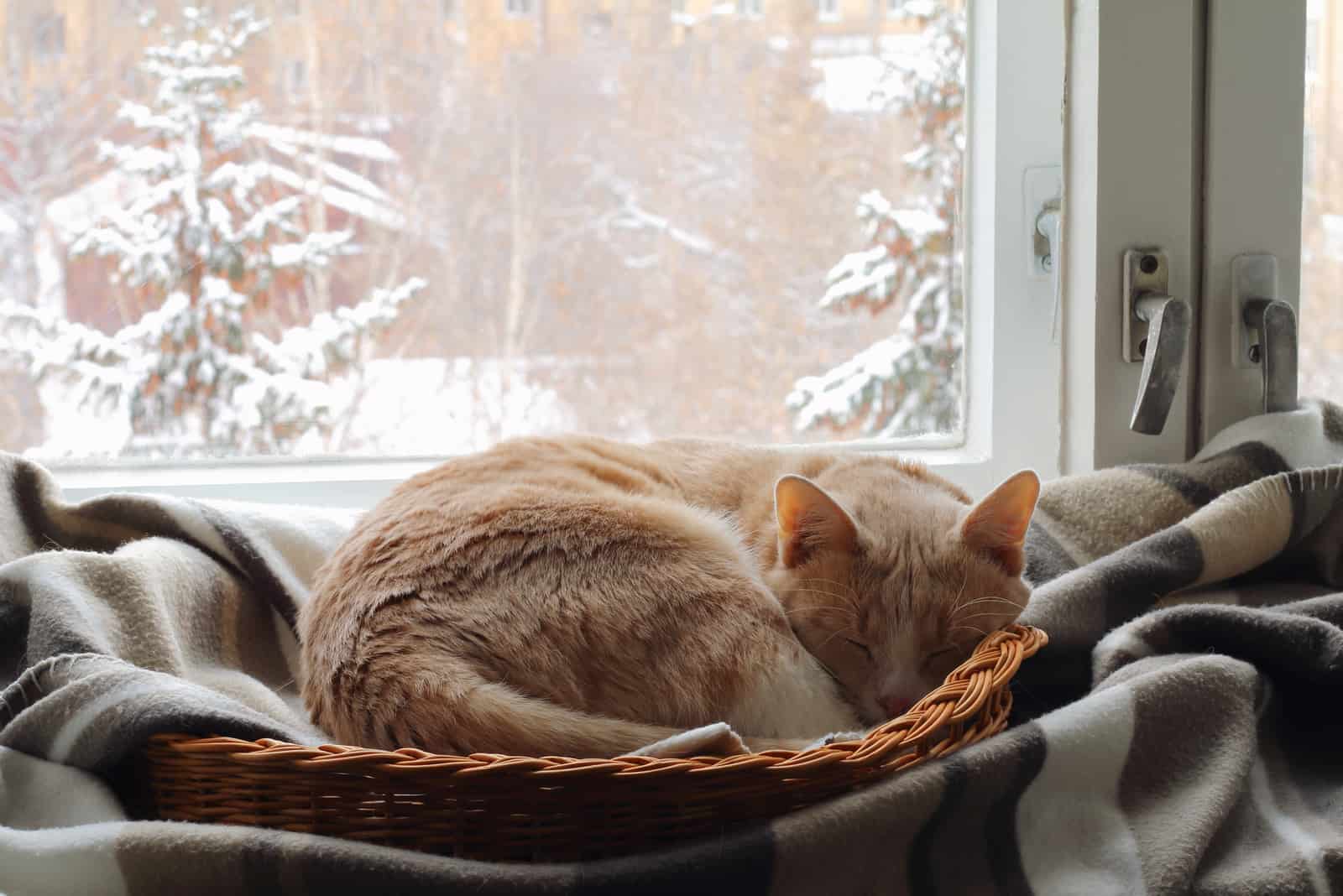
Currently, feline inflammatory bowel disease can only be treated by:
1. Dietary Changes
Hypoallergenic diets are always a good option as they can help get rid of dietary allergens that are causing inflammation. Only a few very simple ingredients make up a generic hypoallergenic cat food, so your cat will be exposed to a very limited range of foods
These foods are usually something a cat has not eaten before, including both protein and carbohydrate sources of food. These diet changes include duck, rabbit, and venison meat. Another feature of these diets is that they’re usually low in fiber.
On the other hand, there are diets whose main characteristic is that they’re high in fiber, as well as low in fat. It’s suggested these types of diets are tried if hypoallergenic diets bring no results.
It must be mentioned that results from introducing dietary changes are not going to be fast – it could take weeks or months to observe any changes or improvements.
2. Using Medication
Metronidazole is always the first choice when treating cats with IBD. This is an antibiotic that successfully treats bacterial and parasitic infections. It causes minimal side effects and some cats might only experience loss of appetite.
Along with metronidazole, the corticosteroid prednisone (which transforms into its active form called prednisolone after being digested) might also be prescribed by the vet. It can be used alone, if metronidazole is observed to not offer any benefits to the cat.
More potent immunosuppressive medications, such as chlorambucil or azathioprine, may be required if none of these treatments are able to effectively manage the symptoms of IBD.
As bacteria in the GI tract can also play a role in feline IBD, many vets recommend giving probiotics to the affected cat too.
Dietary supplements are recommended to be taken too, considering that the main characteristic of IBD is the reduced ability to absorb nutrients from food. Ingesting additional nutrients will hopefully increase the amount if absorbed nutrients.
Do All Cats With IBD Respond To Treatment?
Unfortunately, some animals with IBD do not respond well to treatment, and because of their poor quality of life, they must finally be put to sleep. There is some evidence that suggests inflammatory bowel illness in cats can occasionally even develop into the malignancy lymphosarcoma.
Is There A Cure For Feline IBD?
Unfortunately, feline inflammatory bowel disease cannot be cured. Hopefully, the symptoms of feline IBD can be managed and kept under control (if the cat responds to treatment).
There is good news – many cats respond well to treatment (introducing dietary changes and using prescribed medication). IBD is not a death sentence in most cases.
What Is The Life Expectancy Of A Cat With IBD?
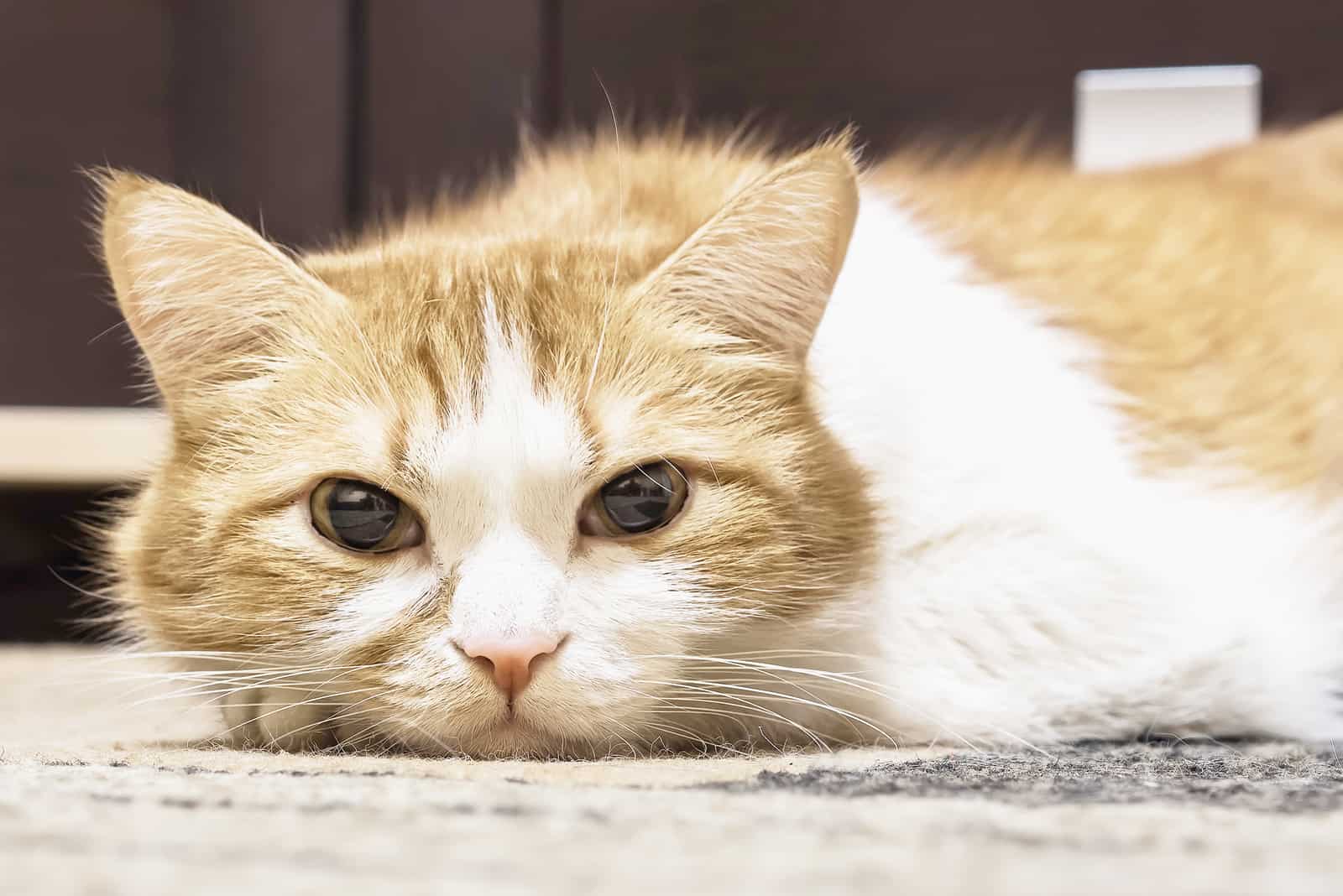
The life expectancy of a cat fighting feline IBD depends on how well the cat responds to treatment.
If the cat responds well, they can go on to live for many years.
IBD treatment often gets the disease under control, ensuring the health and comfort of the affected cat. However, the symptoms can recur despite following all guidelines.
On the other hand, there are cats that do not respond to treatment well. Their life expectancy depends on how serious their disease is and how long they’ve been fighting it for.
Are Some Cats More Susceptible To IBD?
IBD can affect cats of any age but it most frequently affects middle-aged and older cats.
Is Feline IBD Contagious?
Feline IBD itself is not contagious, but the bacteria and viruses that may cause the disease might be contagious.
Are Cats With IBD In Pain?
Yes, some cats with feline inflammatory bowel disease do experience a lot of pain due to the severity of their condition. Other cats do not have a lot of pain, especially if their symptoms are under control.
Can IBD In Cats Be Fatal?
Yes, sadly, IBD can be fatal. IBD impacts nutrient absorption by the cat’s body and a lack of nutrients leads to deficiencies, weight loss, and other health issues. Also, chronic vomiting and diarrhea can lead to severe dehydration, which is a serious health problem in itself.
In Conclusion

Feline inflammatory bowel disease has many unpleasant symptoms that an affected cat may experience. Luckily, it is treatable, but some cats might not respond to treatment. In this case, When to euthanize a cat with IBD? is a valid question.
It’s never easy to choose to say goodbye to a cherished pet, but there are instances when it’s important to lessen their suffering and give them a compassionate death.
Euthanizing a cat with IBD is recommended if the cat is suffering greatly and has stopped responding to all treatment. If their quality of life is severely diminished by this chronic disease, giving them a painless death can be the right thing to do.
It’s important to gain as much knowledge about your cat’s disease as well as the euthanasia procedure, as this will help you make the best decision possible.
I sincerely hope this article has helped you. I’m sure you’ll make the right choice for your pet!
Related Articles:
Cat With FIP When To Euthanize: Helping You Make A Decision

